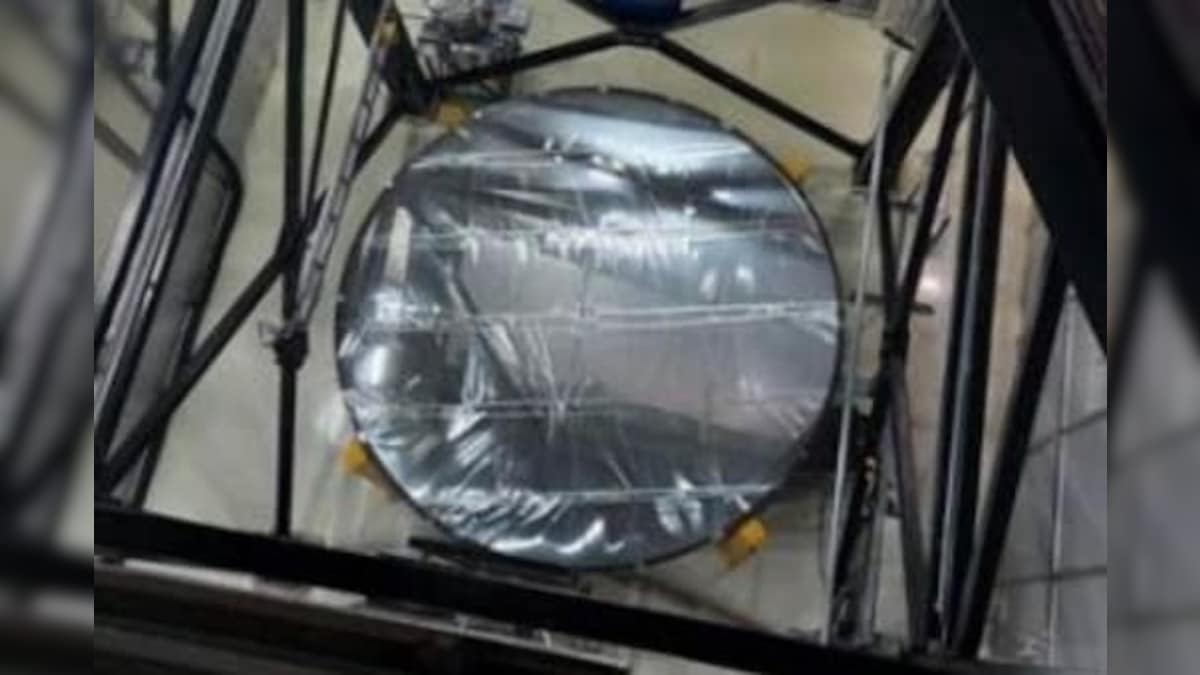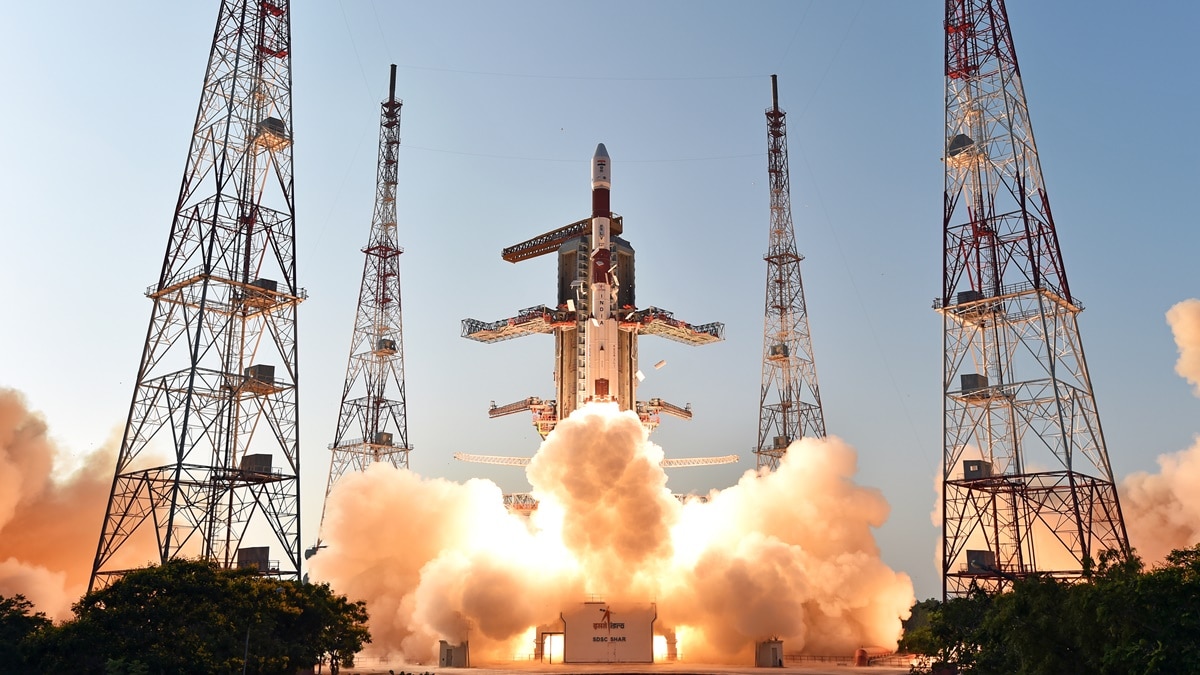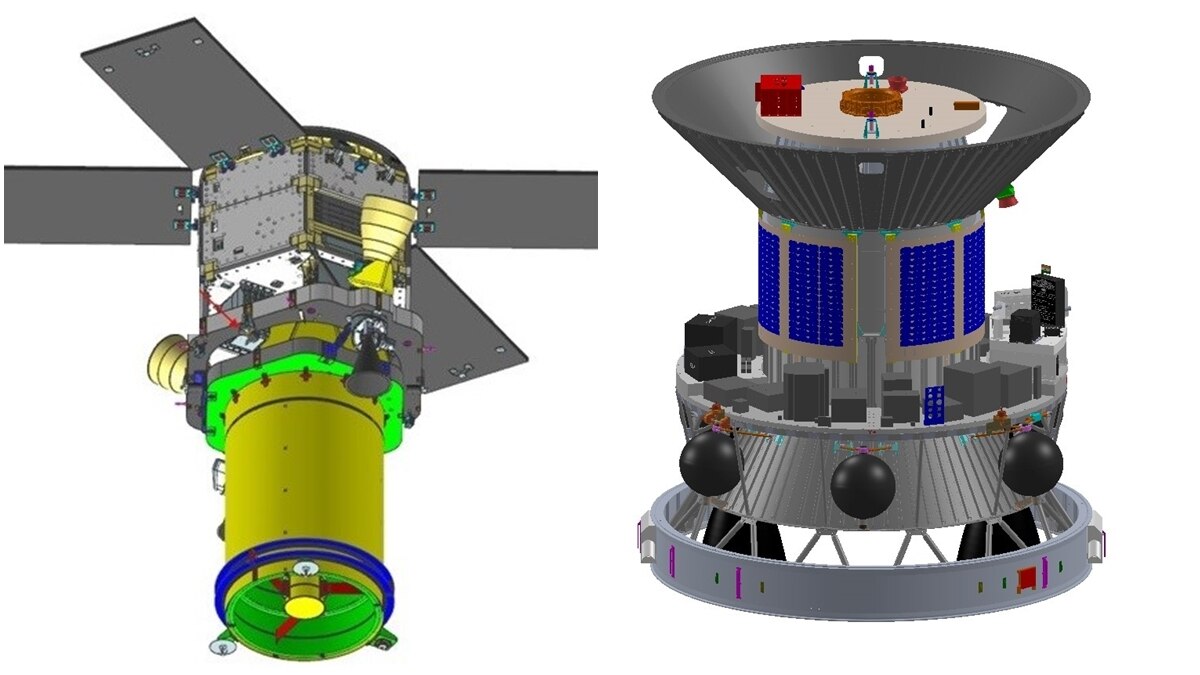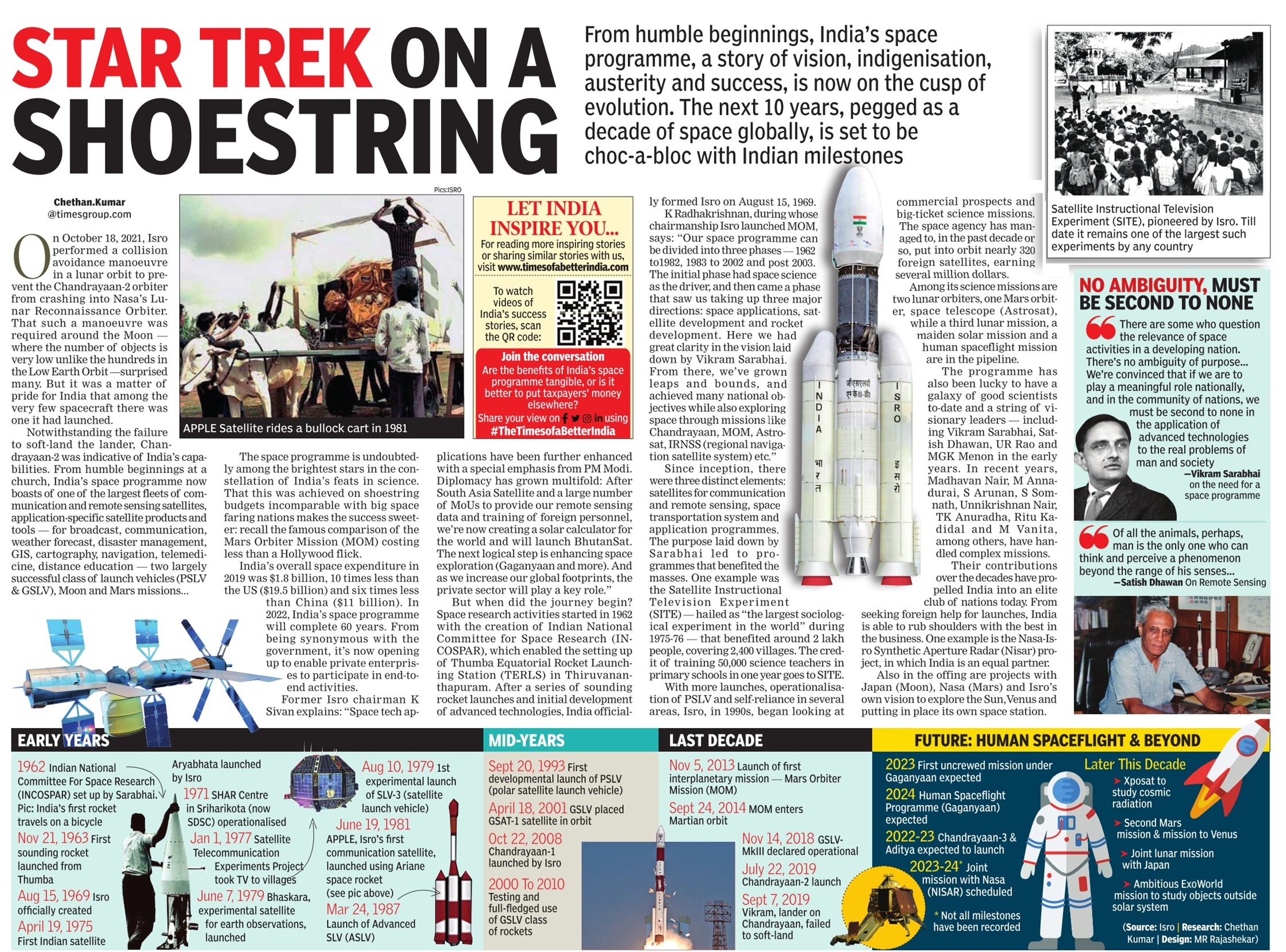You are using an out of date browser. It may not display this or other websites correctly.
You should upgrade or use an alternative browser.
You should upgrade or use an alternative browser.
fire starter
Well-known member

Explained: The liquid-mirror telescope and why India getting one is a big deal
The telescope, the largest in Asia and the first liquid-mirror scope designed just for astronomical purposes, will make it possible to observe several galaxies and other astronomical sources just by staring at the strip of sky that passes overhead, experts say
The telescope, the largest in Asia and the first liquid-mirror scope designed just for astronomical purposes, will make it possible to observe several galaxies and other astronomical sources just by staring at the strip of sky that passes overhead, experts say
India has established its first liquid-mirror telescope in Uttarakhand.
The International Liquid Mirror Telescope (ILMT), the largest in Asia, has been set up on Devasthal hill at an altitude of 2,450 metres to peer into the sky.
It is the third telescope that will be operating from Devasthal -- after the 3.6-metre Devasthal Optical Telescope (DOT) and the 1.3-metre Devasthal Fast Optical Telescope (DFOT).
Let’s take a closer look at what it is and why India getting one is a big deal:
Who built it?
The telescope was constructed in collaboration by scientists from Canada, Belgium and India.
It has been placed at the Devasthal Observatory campus of the Aryabhata Research Institute of Observational Sciences (ARIES) in Nainital district, an autonomous institute under the Department of Science and Technology, Government of India.
What can it do?
The telescope is capable of tracking supernovae, gravitational lenses, space debris, and asteroids.
It is the world’s only operational liquid-mirror telescope. It is also the first liquid-mirror telescope designed just for astronomical purposes.
The telescope will aid in the survey of the sky, making it possible to observe several galaxies and other astronomical sources just by staring at the strip of sky that passes overhead.
“Unlike the conventional telescopes that can be steered to track specific stellar source objects, the ILMT will be stationary. It will basically carry out observations and imaging at the zenith, that is, of the overhead sky. This is a survey telescope having high potential for discovering newer objects,” Dr Kuntal Misra, project investigator of ILMT at ARIES, told Indian Express.
How does it work?
It has a 4-metre-diameter rotating mirror made up of a thin film of liquid mercury to collect and focus light.
Scientists spun a pool of mercury, which is a reflective liquid, so that the surface is curved into a parabolic shape which is ideal for focusing light.
Another thin transparent film of mylar protects the mercury from the wind.
The reflected light passes through a sophisticated multi-lens optical corrector that produces sharp images over a wide field of view.
Meanwhile, a large-format electronic camera located at the focus records the images.
As professor Paul Hickson, an expert on liquid-mirror technology explained to India Today: “The rotation of the earth causes the images to drift across the camera, but this motion is compensated electronically by the camera. This mode of operation increases observing efficiency and makes the telescope particularly sensitive to faint and diffuse objects.”
As per Indian Express, the ILMT will operate every night for five years and carry out daily imaging except between June and August monsoon months, a precaution to protect the instruments from humid conditions.
“The ILMT data will be ideally suited to perform deep photometric and astrometric variability surveys over a period of five years,” professor Jean Surdej, project director, University of Liège, Belgium, told the newspaper.
Experts say the ILMT will produce about 10 GB of data every night when regular science operations begin later this year.
“The wealth of data generated with the ILMT survey will be exemplary. In the future, several young researchers will be working on different science programs utilizing the ILMT data," Misra told India Today.
"I am hopeful that this project will attract and motivate several young minds from scientific and engineering backgrounds to take up challenging problems," ARIES director Dipankar Banerjee told The Times of India.
Dr Brajesh Kumar, ILMT project scientist, told NDTV the data will help identify variable and transient stellar sources passing through our skies. Big Data and Artificial Intelligence/Machine Learning algorithms will be implemented for classifying the objects observed by the ILMT.
=======================================================================
fire starter
Well-known member

Isro to launch PSLV-C53 mission with three passengers from Singapore
Isro will launch three satellites from Singapore in the second dedicated commercial mission of NewSpace India Limited (NSIL)
Isro will launch three satellites from Singapore in the second dedicated commercial mission of NewSpace India Limited (NSIL)
The Indian Space Research Organisation (Isro) is set to launch three satellites from Singapore onboard its workhorse Polar Satellite Launch Vehicle (PSLV) on June 30. The PSLV-C53 mission will lift off from the Second Launch Pad at Satish Dhawan Space Centre, Sriharikota at 6 pm.
The Indian space agency said that the countdown for the mission will commence 25 hours ahead of launch at 5 pm on June 29. This will be the second dedicated commercial mission of NewSpace India Limited (NSIL), a corporate arm of the Department of Space.
While this will be the 55th mission of PSLV and the 15th mission using the PSLV-Core Alone variant, it is the 16th PSLV launch from the second launch pad. "The mission proposes to demonstrate the utilization of the spent upper stage of the launch vehicle as a stabilized platform for scientific payloads subsequent to the separation of the satellites," Isro said in a statement.
WHAT IS ISRO LAUNCHING?
The spacecraft will carry three satellites in its launch fairing DS-EO satellite and the NeuSAR, Singapore's first small commercial satellite carrying a SAR payload, which is capable of providing images day and night and under all weather conditions.Isro said that the DS-EO is a 365 kg satellite and NeuSAR weighs 155 kg. While both spacecraft belong to Singapore, they have been built by Starec Initiative in the Republic of Korea. The Third satellite is a 2.8 kg Scoob-1 of Nanyang Technological University (NTU), Singapore.

DS-EO, a 365 kg and NeuSAR, a 155 kg satellite both belonging to Singapore and built by Starec Initiative, Republic of Korea.(Photo: Isro)
DS-EO carries an Electro-Optic, multi-spectral payload with 0.5 m resolution imaging capability. Meanwhile, the SCOOB-I is the first satellite in the Student Satellite Series (S3-I), a hands-on student training program from the Satellite Research Centre (SaRC) at Singapore's NTU School of Electrical and Electronic Engineering.
The second dedicated commercial mission of NSIL, PSLV-C53 has a lift-off mass of 228.433 tons and stands nearly 44.4 meters tall. The launch vehicle will inject DS-EO satellite into an orbit at an altitude of 570 km measured from the equator.
Isro will attempt a new experiment with the four-stage rocket and use the fourth stage (PS4) to perform PSLV Orbital Experimental Module (POEM) activity. Under this, the team will perform in-orbit scientific experiments using the spent PS4 stage as an orbital platform.
"It is the first time that PS4 stage would orbit the earth as a stabilized platform," Isro said adding that POEM derives the power from the solar panels mounted around the PS4 tank and a Lithium-Ion battery and navigates using four sun sensors, a magnetometer, gyros & NavIC. It also carries dedicated control thrusters using Helium gas storage and is enabled with a telecommand feature.
POEM carries six payloads including two from Indian Space Start-ups M/s Digantara and M/s Dhruva Aerospace, enabled through IN-SPACe and NSIL.
===============================================================================
fire starter
Well-known member
fire starter
Well-known member
fire starter
Well-known member
fire starter
Well-known member
fire starter
Well-known member
fire starter
Well-known member
fire starter
Well-known member
Please provide a descriptor of what this is etc.
In this special broadcast – part of the Azadi ka Amrit Mahotsav series on Sansad TV. From the days of carrying its satellite on a bullock cart to now sending foreign satellites, launching orbiters to the Moon & Mars, and attempting to land on the Moon – India’s space odyssey has come a long way. From its formative years in the 1960s to now, India’s space journey has witnessed many memorable milestones. As we celebrate 75 years of India’s independence, we’ll talk about some of the key achievements and transformations in India’s space sector, our journey towards self-reliance and the future of our space program, with a special guest joining us in the studio. Mr. S. Somanath, Secretary, Department of Space and Chairman, Indian Space Research Organisation(ISRO)
Will be interesting to see how close the real deal looks compared to this appreciable sim:



